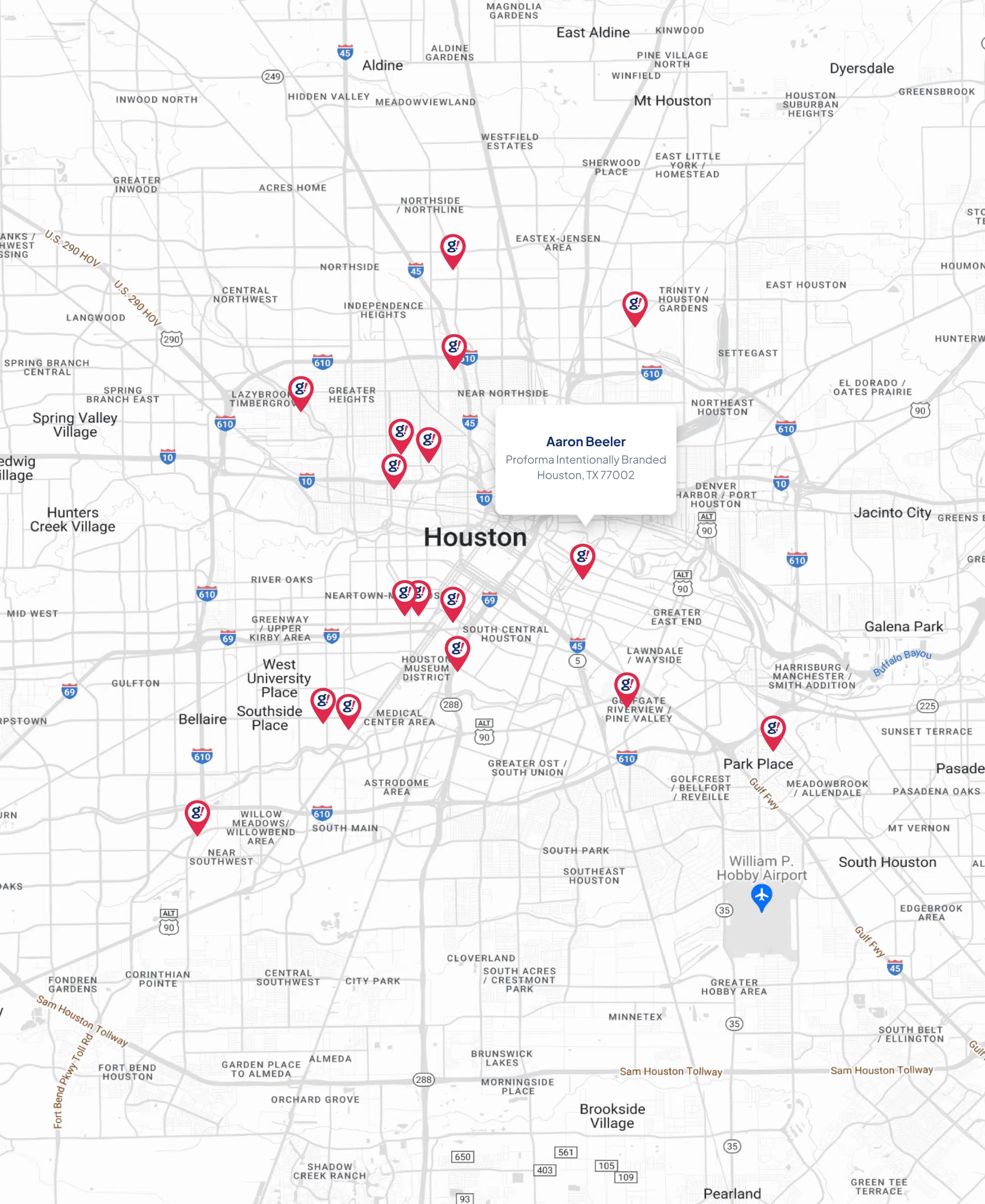How Are Email Marketers Planning To Innovate In 2017?
- Updated on: 2018-09-06
- Read original article here

What’s on the minds of email marketers in 2017? Several organizations have released studies recently on various aspects of email marketing whose results underscored a long-running challenge for email marketers (and marketers in general): a lack of time and resources leads to focusing on easier tasks rather than those with the most strategic returns.
In its 11 annual email marketing industry census, eConsultancy surveyed 1,200 respondents who offered up both expected and surprising answers. I found a treasure trove of meaning in responses to the single question: “How do you intend to innovate in 2017?” Following are some of the highlights:
Behavioral triggers: The number-one response, at 66% of respondents, was “More creative use of behavioral triggers.” This was also the top response in 2016, though picked by fewer respondents than the year before.
The decline might suggest that some email marketers have recognized how challenging bringing together data from multiple sources and making it actionable in real time can be — not to mention the additional content it requires.
However, I think we will continue to see innovation from technology vendors, including pre-built data connectors and increased use of artificial intelligence and machine learning to do more of the heavy lifting in these and similar automated programs.
Dynamic content: While not surprising, but also a bit disappointing, the number-two response, at 52% for the second year in a row, was: “Greater use of dynamic elements (video content, GIFs, countdown clocks, etc).”
This makes absolute sense, in that stretched-for-time marketers are always looking for sexy and quick wins. Who doesn’t like the ability to add some dynamic content to their email to make it pop, stand out and get the attention of co-workers and management: “Love the new email with the animated GIF!”
But I also find the high response disappointing, especially in light of the decline in desired use of behavioral triggers. This trend speaks to marketers’ tendency to chase the latest shiny object and move toward what they can get done with the least resistance and resources, versus what provides the highest return.
I don’t mean to be harsh on marketers. Their challenges are real.
But the interest in dynamic content also should be a call-to-action for technology vendors to make sophisticated programs nearly as easy to deploy as adding a countdown timer or using send-time optimization.
Automation: At 46%, “Using automation to enable one-to-one communications” was the third-highest response and was basically unchanged from 45% in 2016. This is perhaps the motherhood and apple pie goal for email marketers, so it’s not surprising it remained a top innovation goal.
In contrast to the decline in response for behavioral triggers, however, it suggests that while the dream of automation has not subsided, when the specifics are defined, the reality of implementation is getting in the way.
Artificial intelligence: eConsultancy added a new response option this year, “Use of artificial intelligence to improve performance,” which had a fairly strong showing at 17%. In essence, nearly one in five email marketers now have on their radar the use of advanced cognitive technology to help increase the relevance of their programs.
It’s exciting that so many marketers are thinking about AI and machine learning. Still, the question is: How many actually understand these technologies, and realize where the early opportunities are to leverage them for real performance improvement?
My expectation is that use of machine learning for subject-line optimization will be the entry point into AI/machine learning for most email marketers, since this use is both high value, relatively easy to implement and is a natural for the technology. I think this is key for the adoption of cognitive technology, as it gets many right-brain marketers to understand and be comfortable with AI, putting them on track to then seek out and deploy additional applications in the coming years.
Until next time, take it up a notch.



